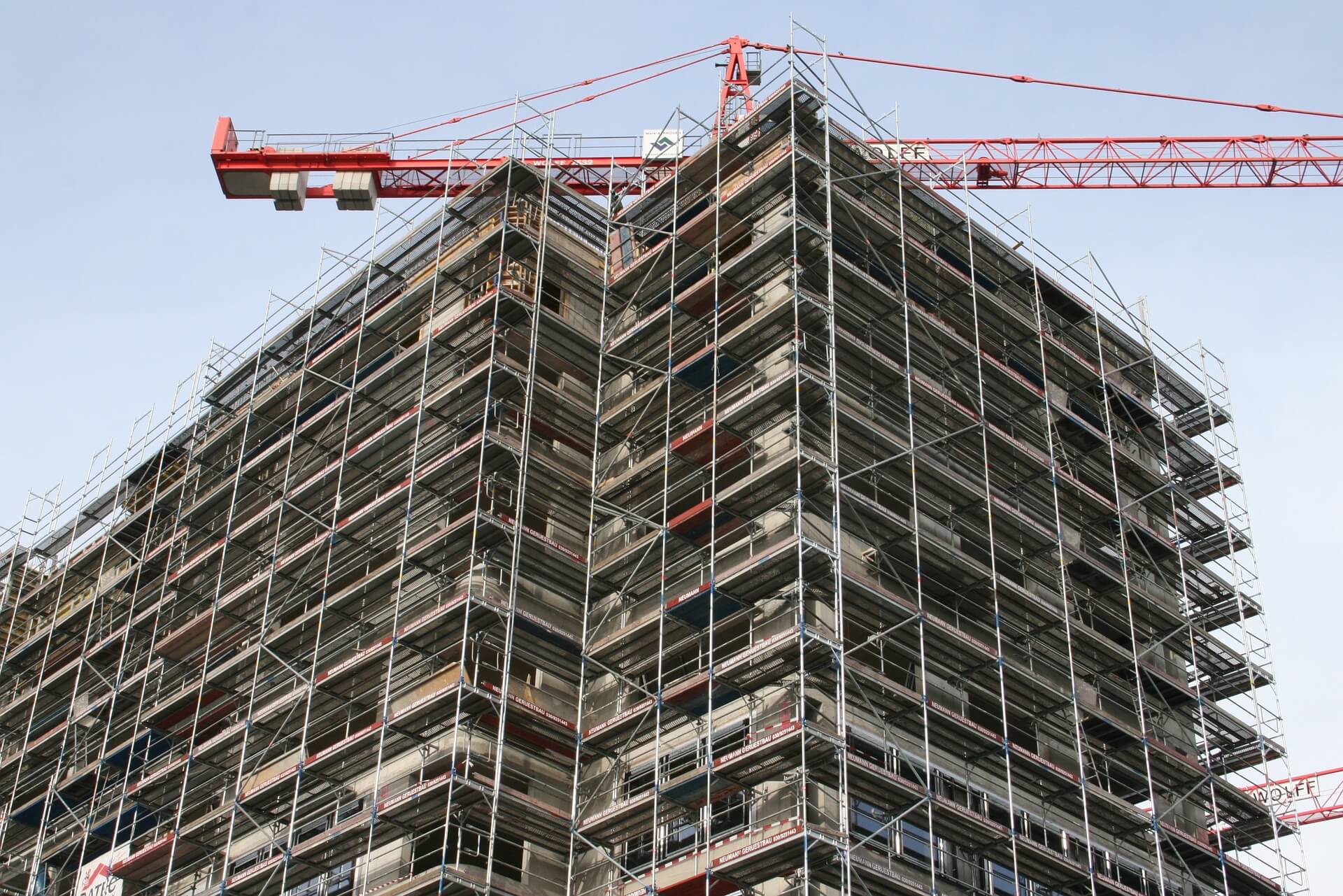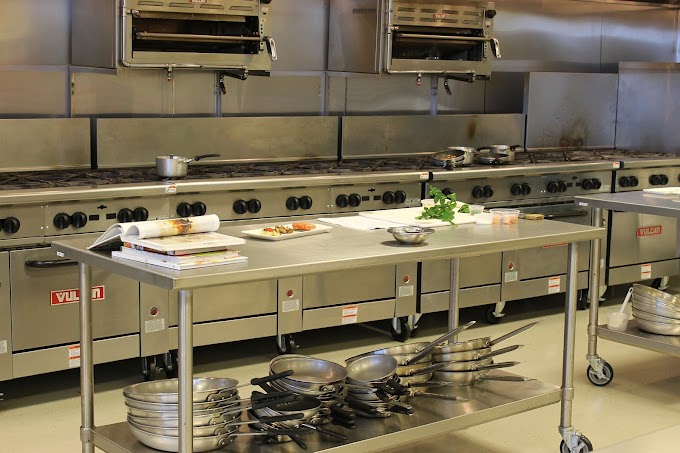Precast goods come in a variety of shapes and sizes, each with its own set of uses. Its purpose varies according to the form, size and grade of concrete employed. These items are utilised in a variety of building projects that demand consistency and control.
Also, using a precast concrete technique instead of onsite casting has several advantages. The production of precast concrete can be done on the ground level, which helps to ensure project safety.
So, here we are going to discuss the types and advantages of concrete precast.
Types Of Concrete Precast:
- RCC Beams
RCC beams are structural elements designed to carry transverse external loads across their length that induce bending moment, shear forces, and in certain instances, torsion. Various types of precast beams make the job easier and with a full finish.
Concrete resists applied loads in the compression area of RCC beams, while steel resists applied stresses in the tension region. It is divided into a rectangle, T-Beam, I-Beam, Circular Beam and L-Beam categories based on size. It is utilised to support the floors, roof, walls and cladding of the building.
- RCC Slabs
These slabs are utilised in construction to provide stability. RCC slabs with thicknesses ranging from 10 to 50 cm are commonly utilised for floor and ceiling construction. Exterior pavement can also be done using thin RCC slabs.
A thick concrete slab, supported on foundations or directly on the subsoil, is used to construct the ground floor of many home and industrial buildings. Thinner precast concrete slabs are hung between the steel frames to build the floors and ceilings on each level of high-rise structures and skyscrapers.
- Columns
Every column can usually be continuous to the full height of the building for five floors or more minor projects. Two or more columns are spliced together in precast columns with more than five levels.
- Precast Piles
Precast piles are prestressed concrete piles driven into the ground with hydraulic or diesel hammers. The piles are built of prestressed concrete and are predetermined in size. The most common foundation strategy is to use these piles.
Apart from the usage of timber piles, it is usually the quickest and cheapest approach. The high vertical pile load and resistance are the key advantages of these concrete piles.
- External Load-Bearing Walls
These walls are built to support the slab above it or other structural elements. The thickness of these walls ranges from 125 mm to 200 mm. The load pattern determines the thickness.
- Non-Load-Bearing Walls
A non-load-bearing wall only supports itself. They merely support their weight and can be any of the load-bearing wall types described under load-bearing walls. In a steel or concrete frame building, this form of the wall is utilised to close the space. Supports, usually steel shelf angles on each floor, are used to carry it. The thickness of these walls ranges from 50 mm to 100 mm.
Advantages Of Concrete Precast:
- InsulationAll the features in this structure are made of a well-engineered structural precast panel work that is fitted together to provide a high level of insulation. To boost insulation capacities, manufacturers typically combine concrete with expanded polystyrene(EPS) foam. This is widely used in every concrete precast, like precast panels and other products.
- Long-Term ResiliencePrecast concrete is not only durable but also has a lengthy lifespan. Today, precast concrete structures are built to withstand up to 100 years, ensuring that they will not be damaged by natural catastrophes, fires or animals. There is no need to renovate or replace anything.
- Appealing to the EyesBoring concretes have long since been phased out of use. There are several different types of precasts on the market. There are many different shapes, sizes and colours from which you can choose. Precast materials, like granite, brick and stones, can also be cast, saving installation time and cost. With a few design specifications and inventiveness, you can acquire the design you want/desire with higher durability and stability.
- Easy to InstallIn the building industry, speed is essential. You may build a larger final footprint in a shorter time with the help of precast panels. Precast panels can be quickly erected on construction sites.
- Eco friendlyPrecast concrete solves the problem of environmental waste, which is a developing concern. Precast concrete is 100% recyclable and reused. This makes it an environmentally beneficial option because there is less material waste, and it has no adverse effects on the environment.







Follow us